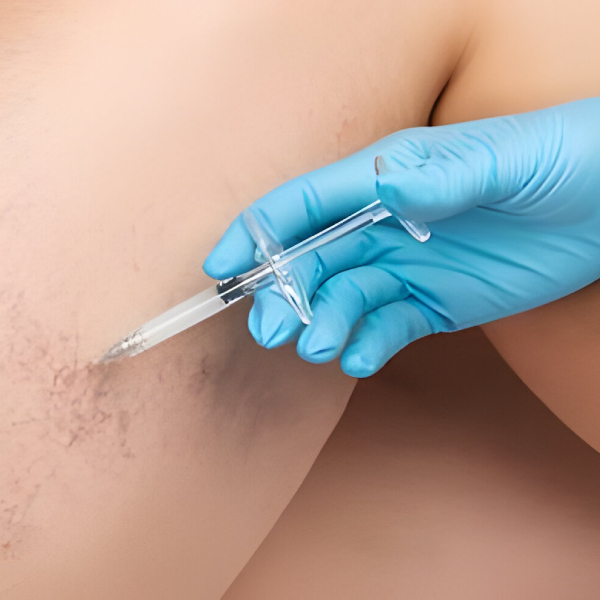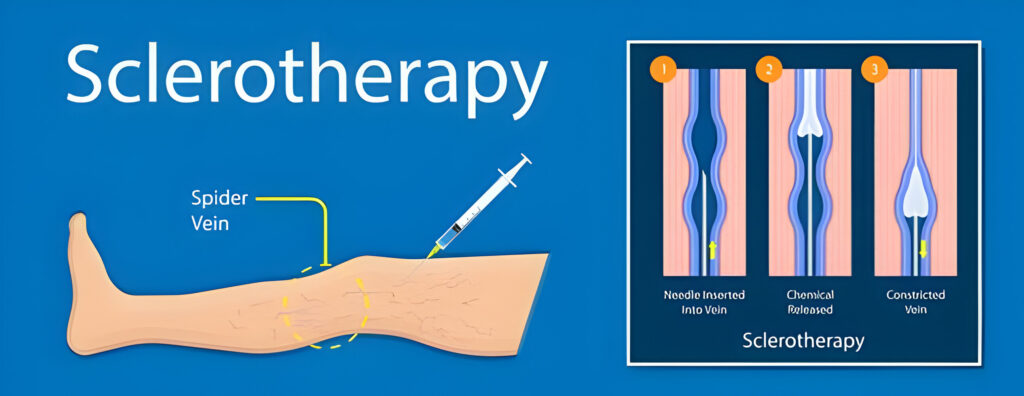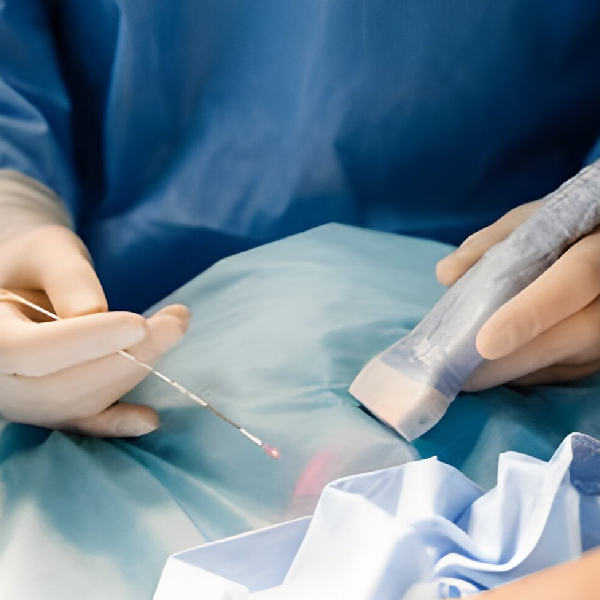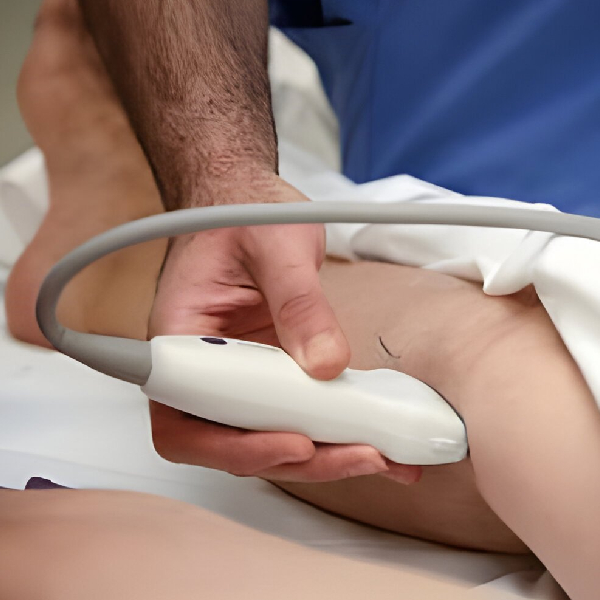Sclerotherapy
What Is Sclerotherapy?
Micro-Foam Sclerotherapy: A Less Invasive Option for Varicose Veins
Sclerotherapy stands as a widely adopted treatment for varicose and spider veins, particularly favored for its efficacy in managing smaller varicose veins. This minimally invasive procedure involves the direct injection of a specialized solution, such as asclera, into the affected vein. Upon injection, the sclerotherapy solution initiates a process where the vein walls scar, prompting the redirection of blood flow to healthier veins in the vicinity. Over time, the treated vein collapses and is gradually absorbed into the surrounding tissue, ultimately disappearing from view.
One of the notable advantages of sclerotherapy is its ability to target multiple veins during a single session, making it a time-efficient option for patients seeking comprehensive treatment. Additionally, sclerotherapy is typically well-tolerated by patients, with minimal discomfort experienced during the procedure. Following treatment, some individuals may notice temporary side effects such as mild bruising or swelling, but these usually resolve within a few days.


There are three primary methods for treating spider veins and varicose veins using sclerotherapy:
Injection sclerotherapy


Laser sclerotherapy
Ultrasound-guided sclerotherapy
This approach utilizes ultrasound technology to locate even the most difficult-to-see feeder veins, which contribute to the development of visible spider veins. Once identified, these feeder veins are treated with liquid or laser sclerotherapy with enhanced precision. Patients are advised to wear compression stockings for a few days following the procedure to optimize results.


